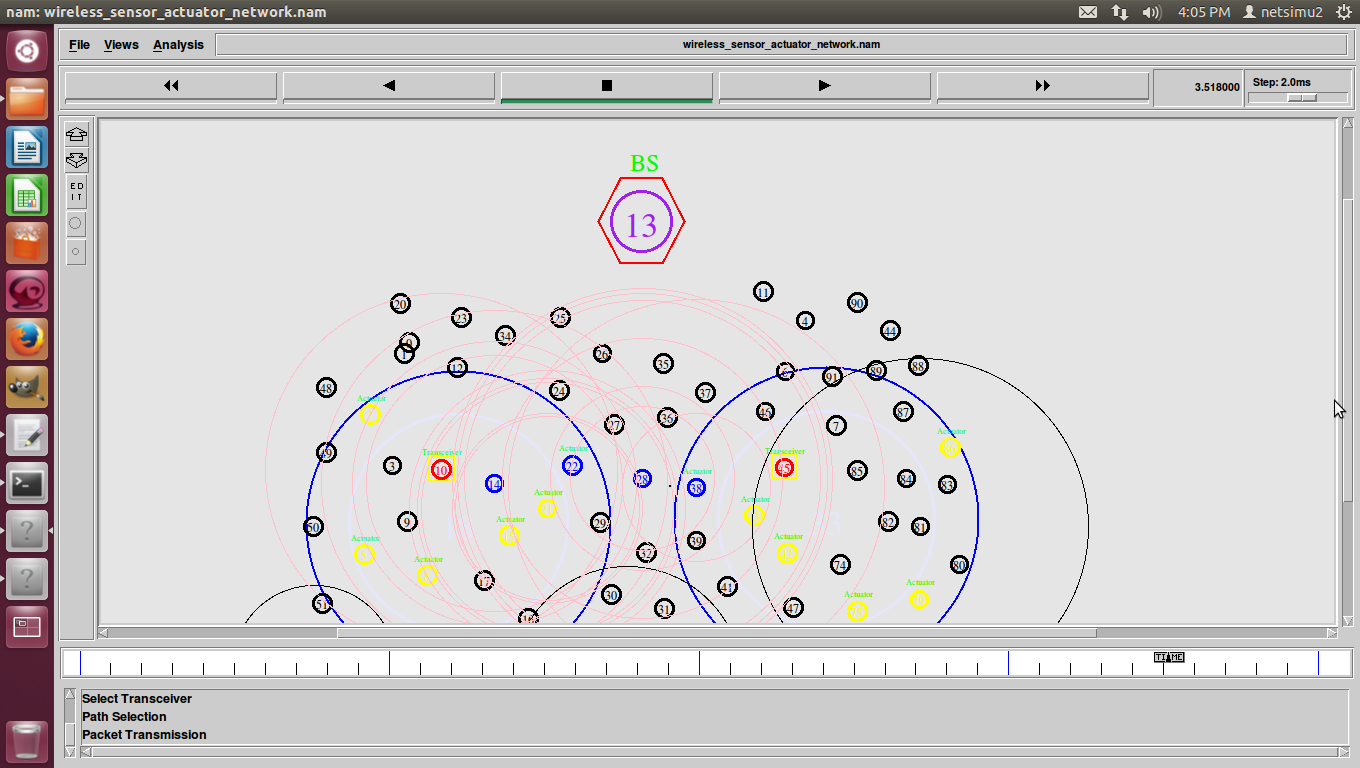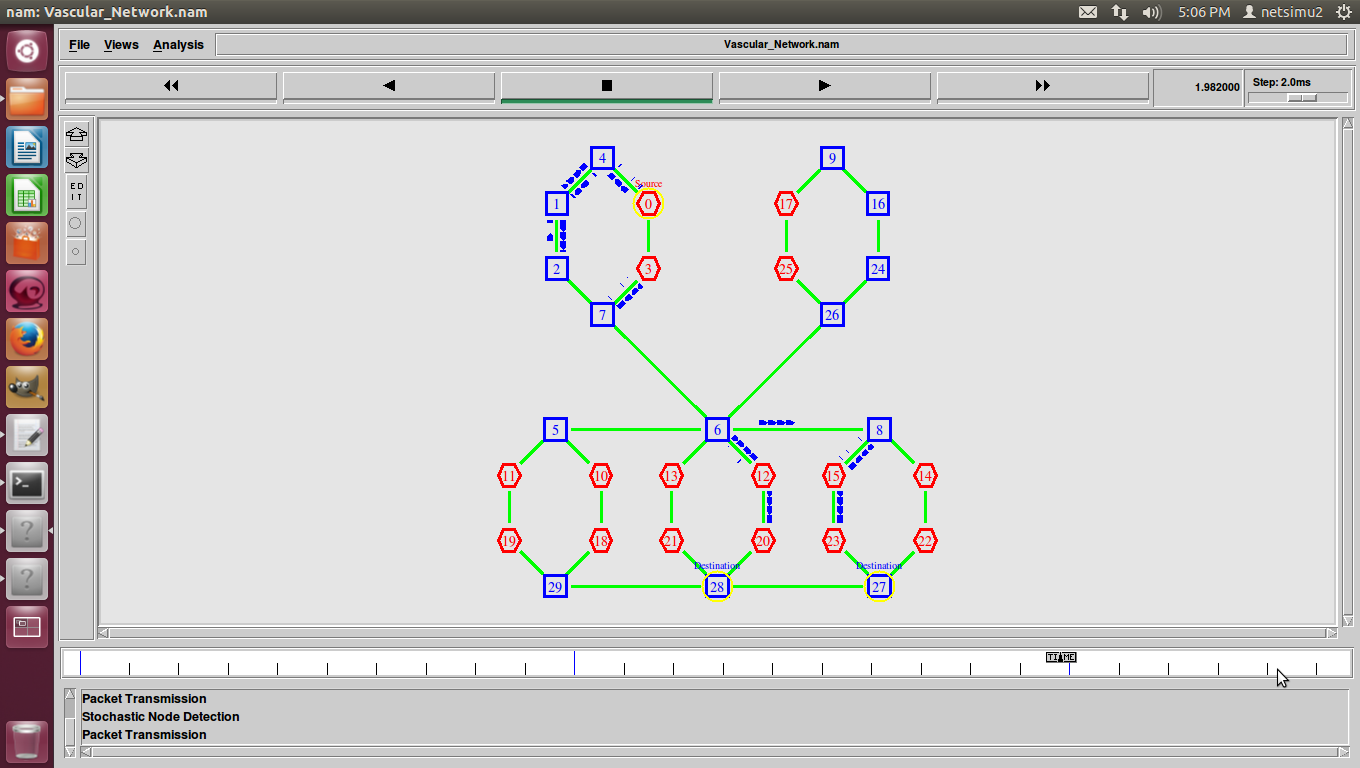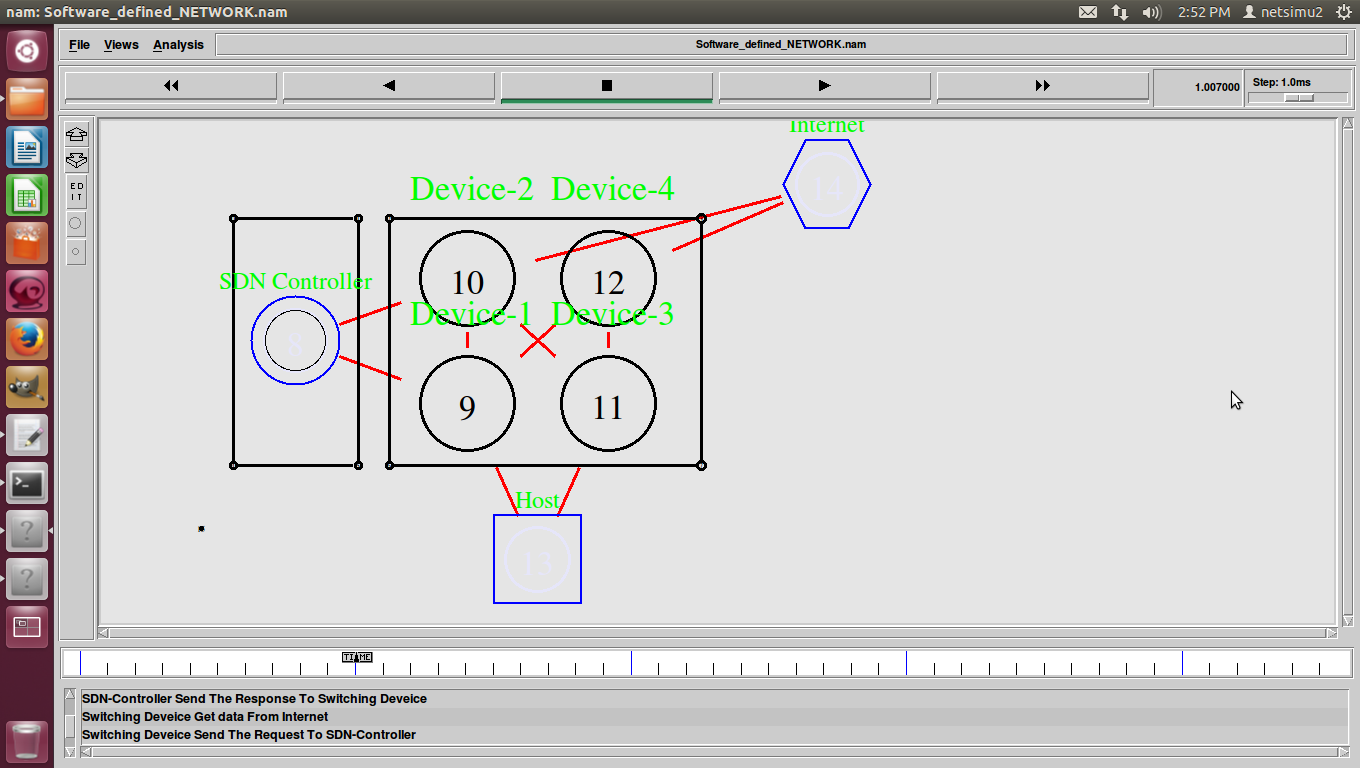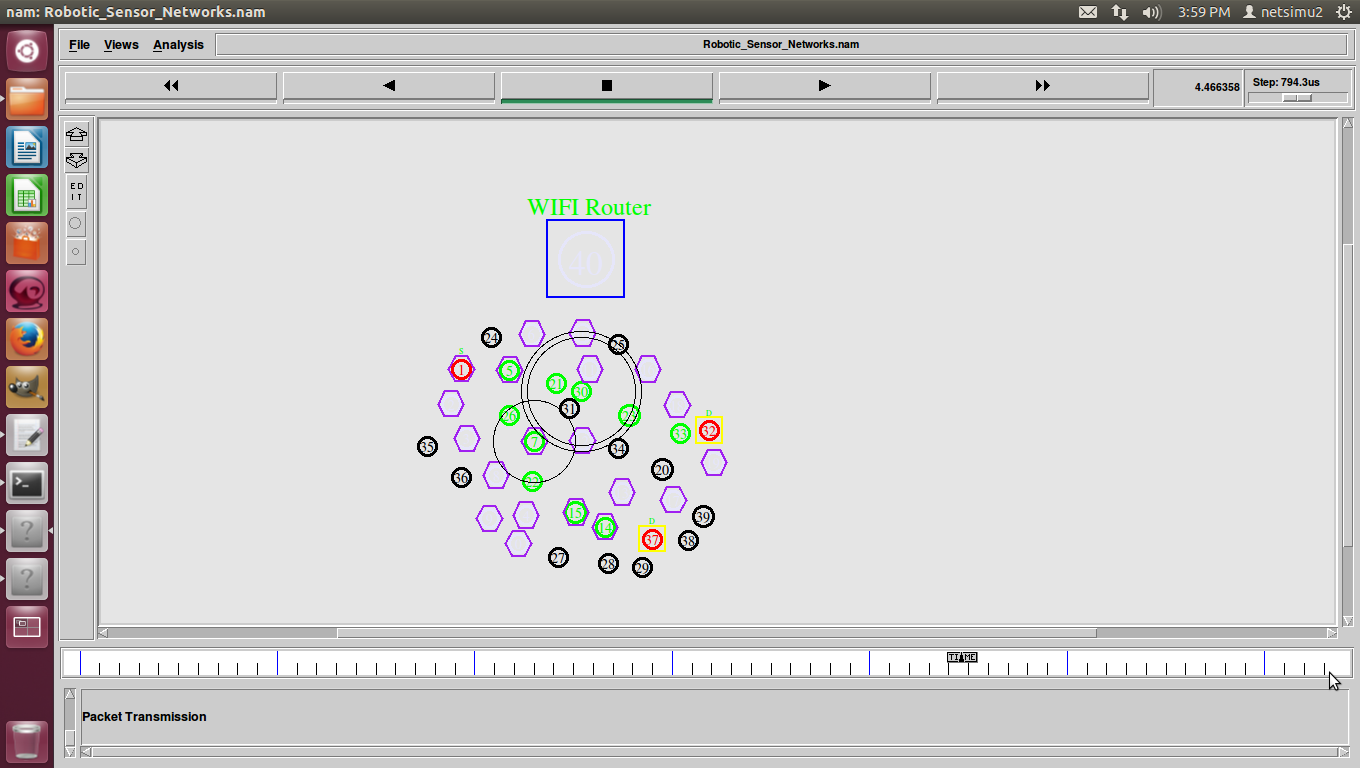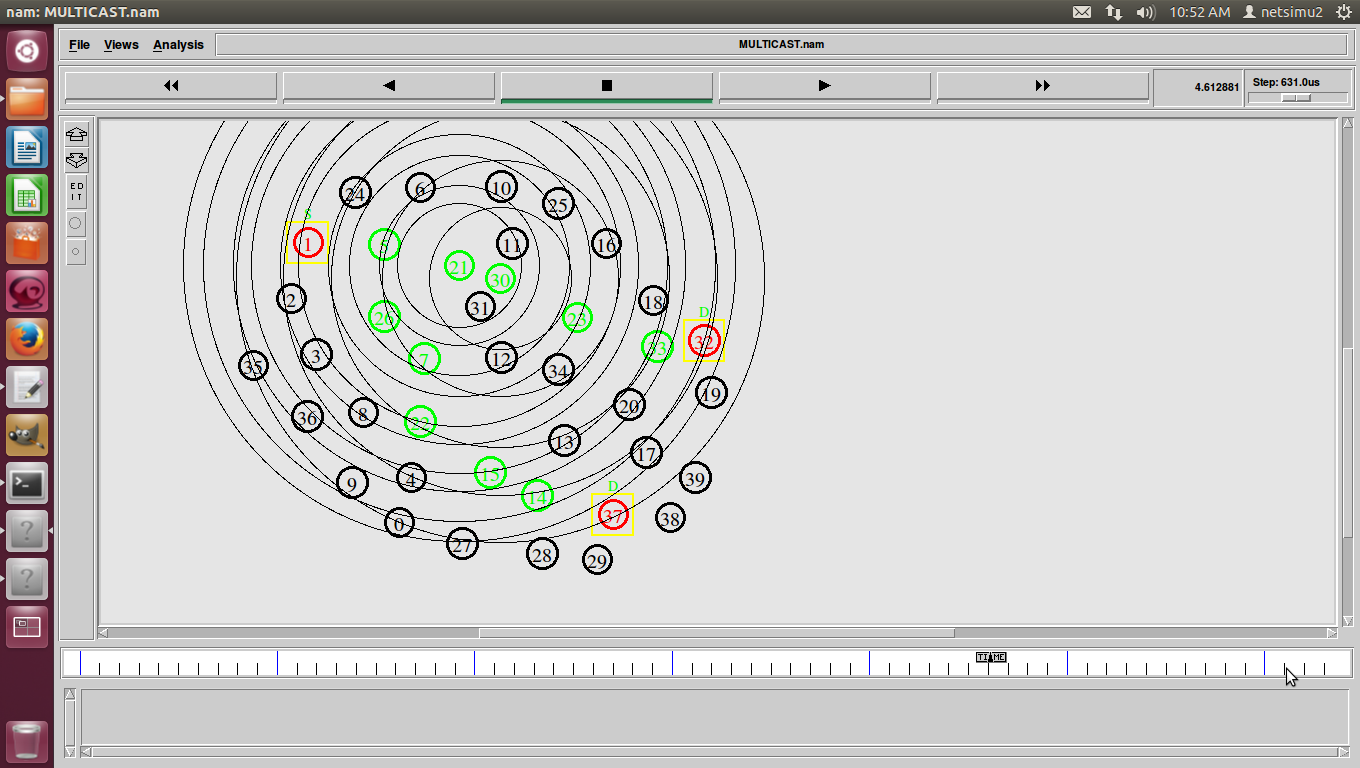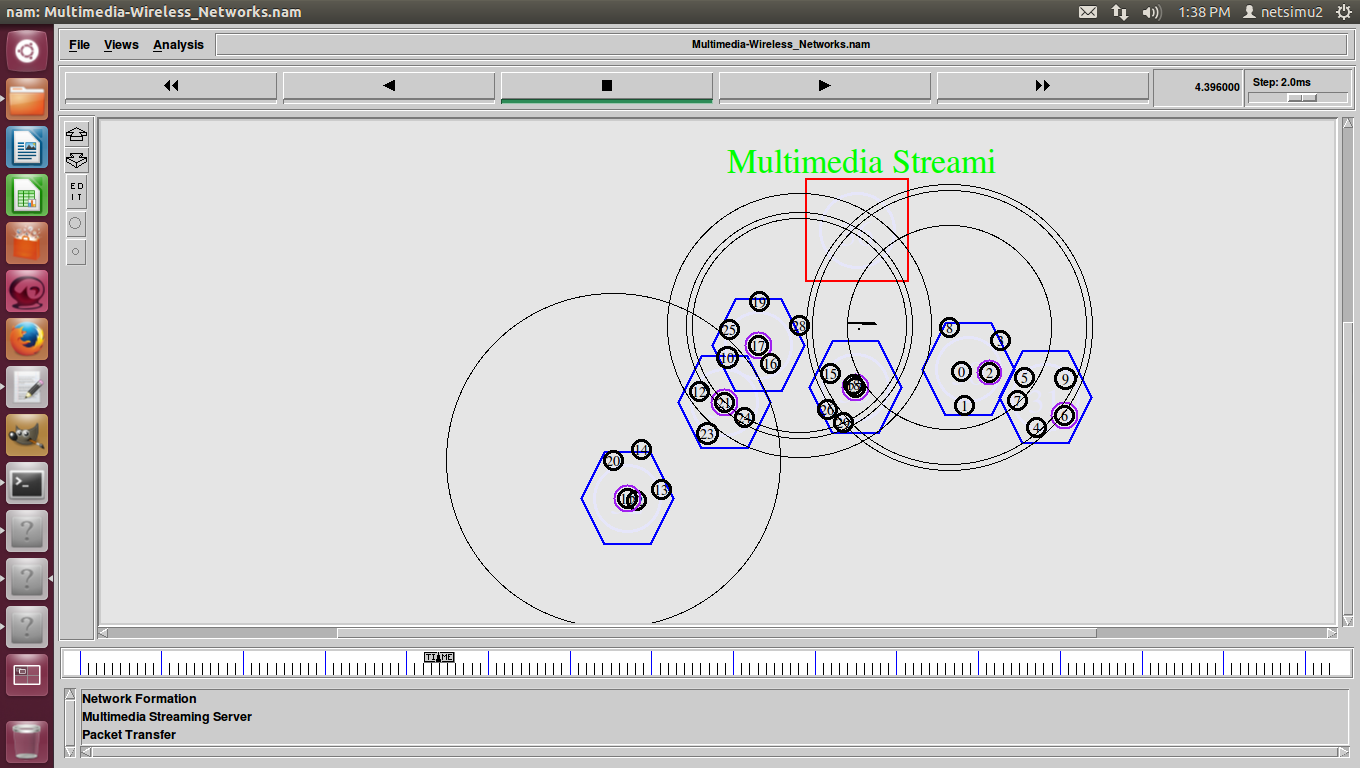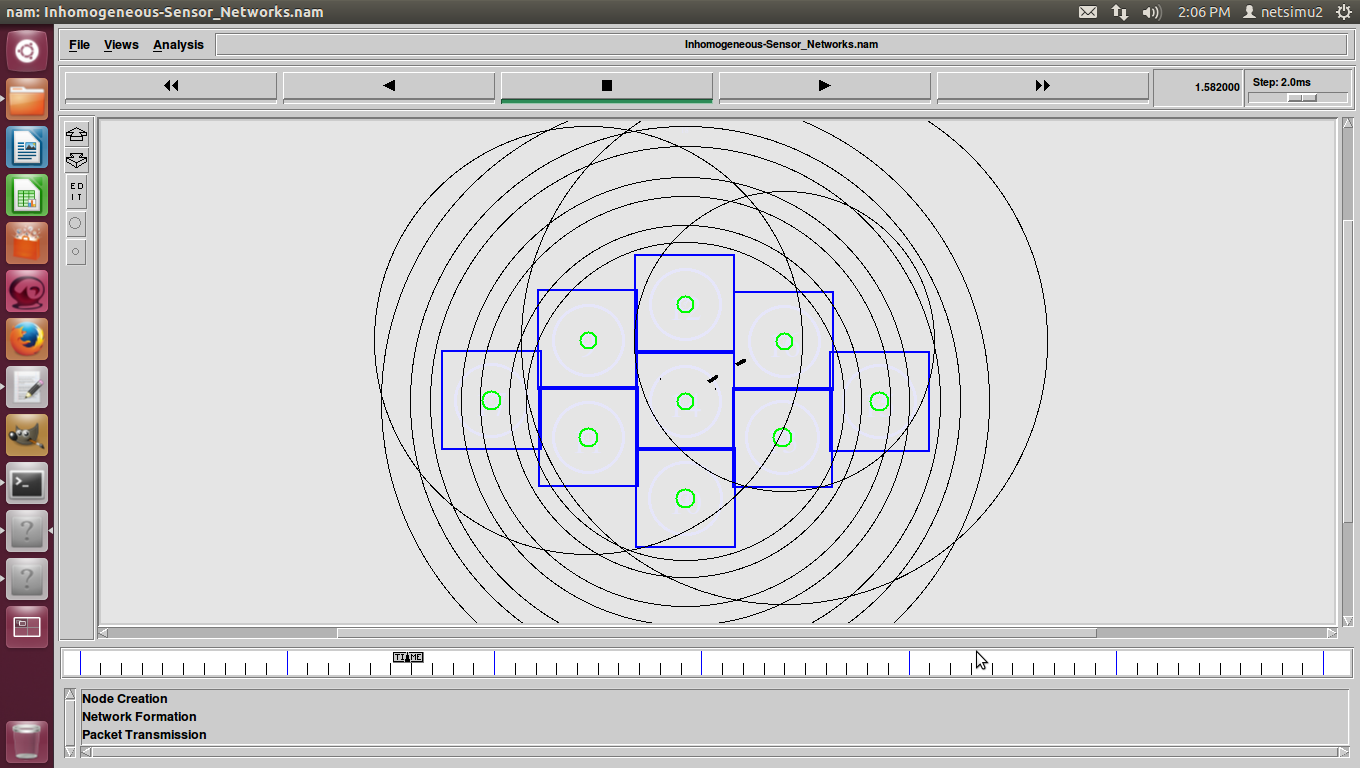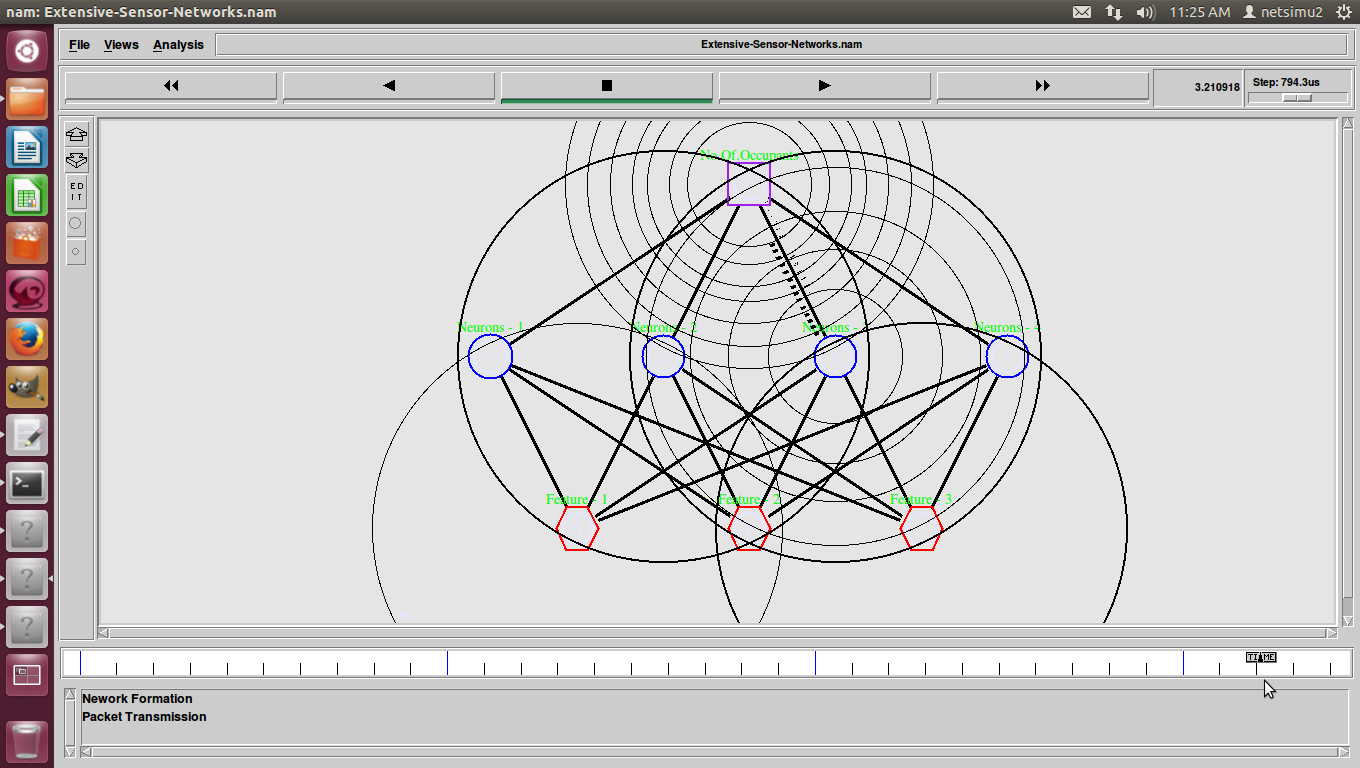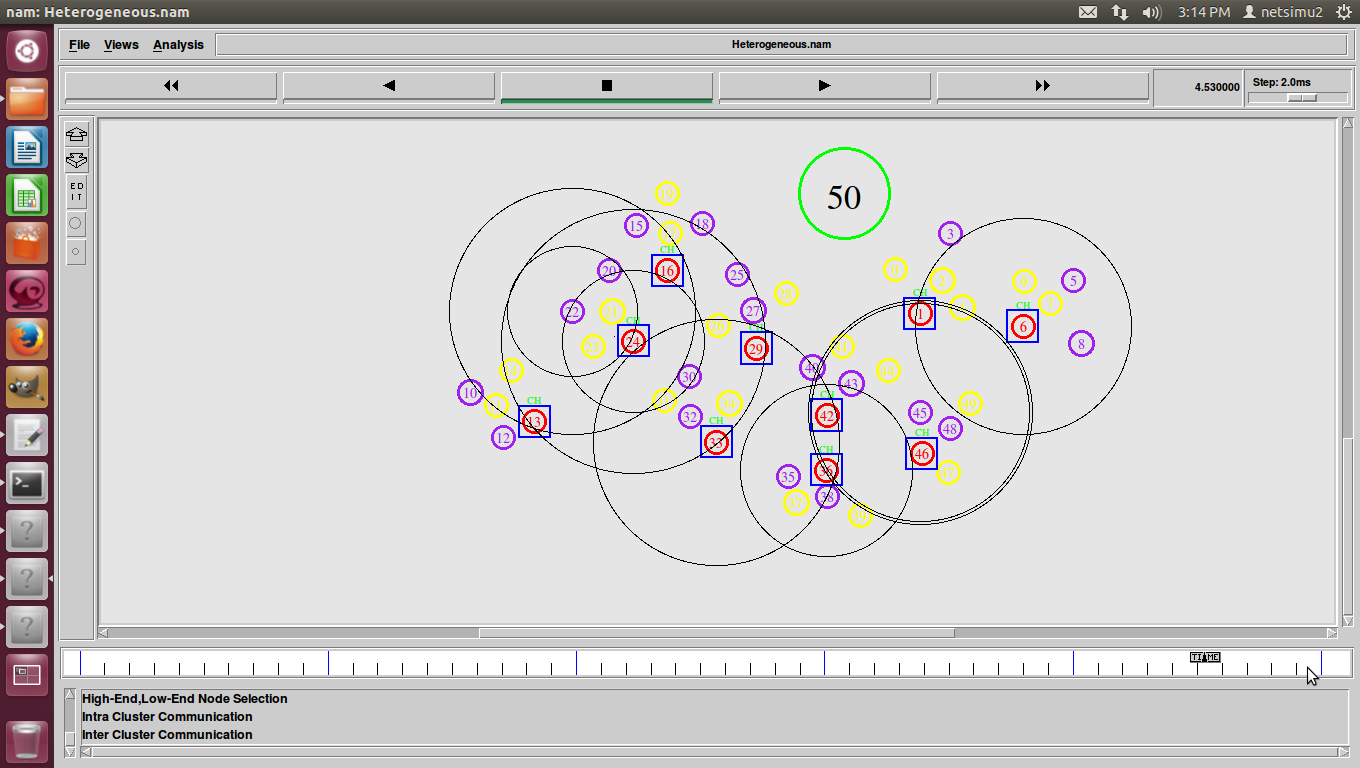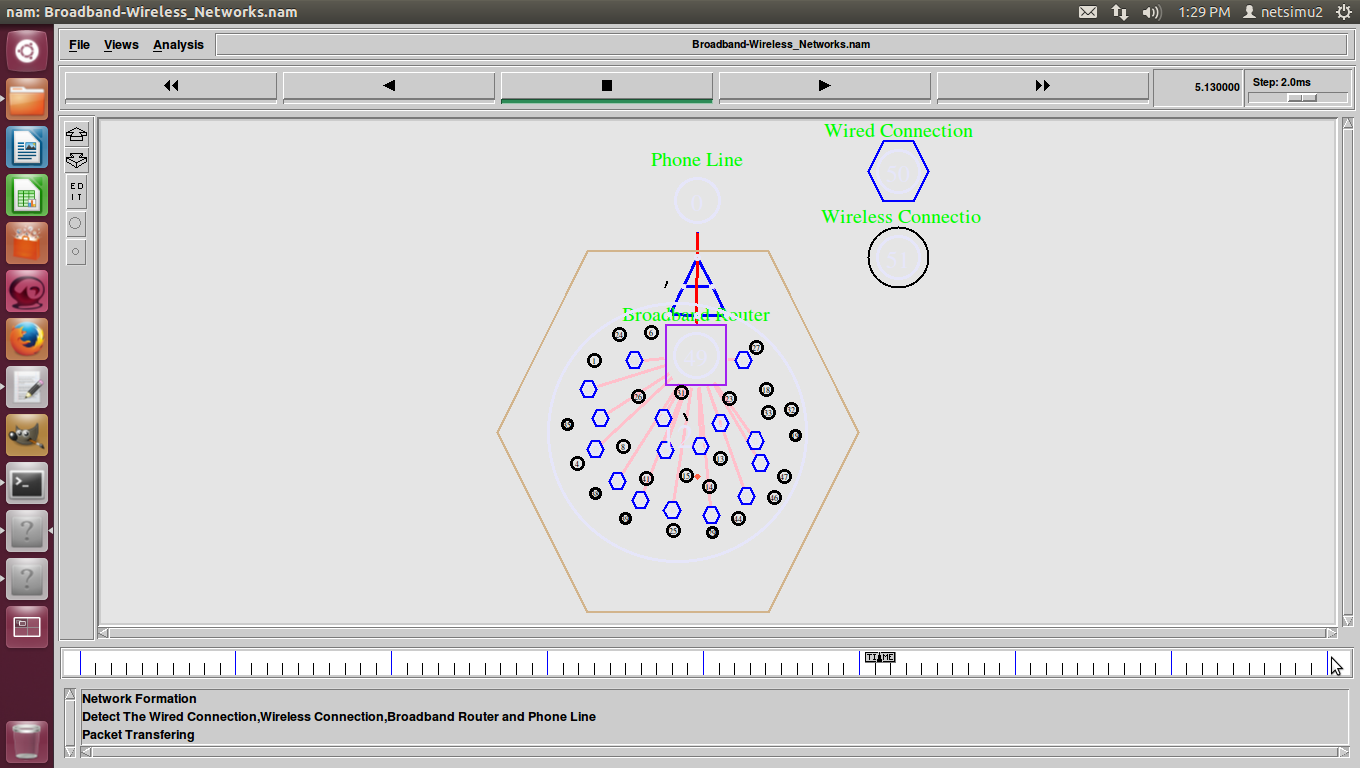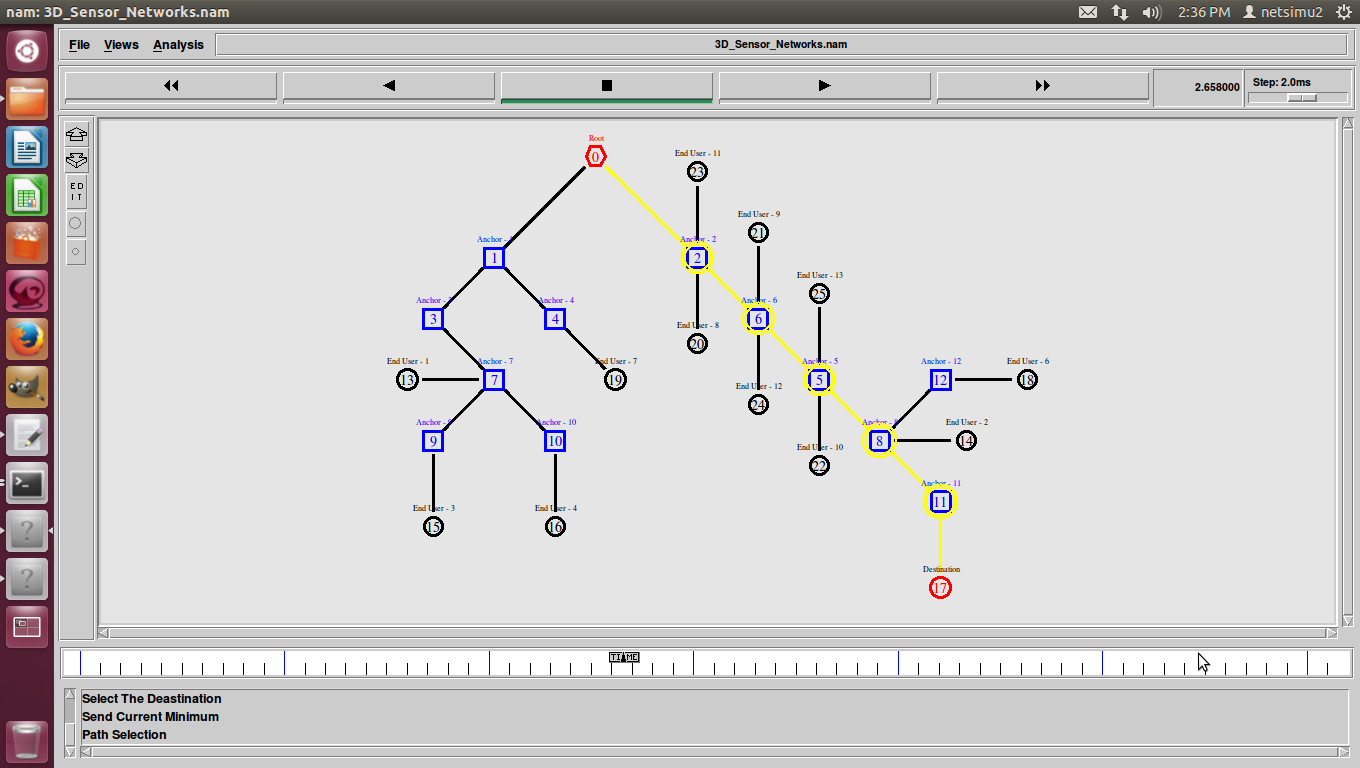Minimizing Nasty Surprises with Better Informed Decision-Making in Self-Adaptive Systems
Designers of self-adaptive systems often formulate adaptive design decisions, making unrealistic or myopic assumptions about the system’s requirements and environment. The decisions taken during this formulation are crucial for satisfying requirements. In environments which are characterized by uncertainty and dynamism, deviation from these assumptions is the norm and may trigger “surprises”. Our method allows designers to make explicit links between the possible emergence of surprises, risks and design trade-offs. The method can be used to explore the design decisions for self-adaptive systems and choose among decisions that better fulfil (or rather partially fulfil) non-functional requirements and address their trade-offs.
The analysis can also provide designers with valuable input for refining the adaptation decisions to balance, for example, resilience (i.e. Satisfiability of non-functional requirements and their trade-offs) and stability (i.e. Minimizing the frequency of adaptation). The objective is to provide designers of self adaptive systems with a basis for multi-dimensional what-if analysis to revise and improve the understanding of the environment and its effect on non-functional requirements and thereafter decision-making. We have applied the method to a wireless sensornetwork for flood prediction. The application shows that the method gives rise to questions that were not explicitly asked before at design-time and assists designers in the process of risk-aware, what-if and trade-off analysis.






